What is a Spinet Piano? What is its Structure and Design?
pianosintheparks.com – If you’ve been researching pianos, you’ve probably heard of the spinet piano — a compact piano that was popular in the 20th century. So what is a spinet piano and how does it compare to other pianos? In this article, we’ll take a closer look at the spinet piano’s history, design, pros and cons, and help you decide whether it’s right for you.
See More :
- 10 Tips for Correct Piano Posture For Everyone
- Top Piano Notes Sheet for Beginners
- Top 10 Best Pianos for Beginners
- How Can I Play Piano?
- What is a Spinet Piano?
What is a Spinet Piano?
What is a Spinet Piano? The spinet piano is a smaller version of the traditional upright piano, designed with a lower profile and a shorter height, typically ranging from 36 to 40 inches tall. This smaller size made it a popular option for homes with limited space, especially during the mid-20th century when it became widely produced. Its compact design, however, comes with some limitations, particularly in sound quality and the mechanism used to produce notes.
Despite these drawbacks, spinet pianos were favored by families and beginner pianists looking for a more affordable and space-saving instrument. While their production has significantly decreased over the years, spinet pianos remain an important part of piano history.
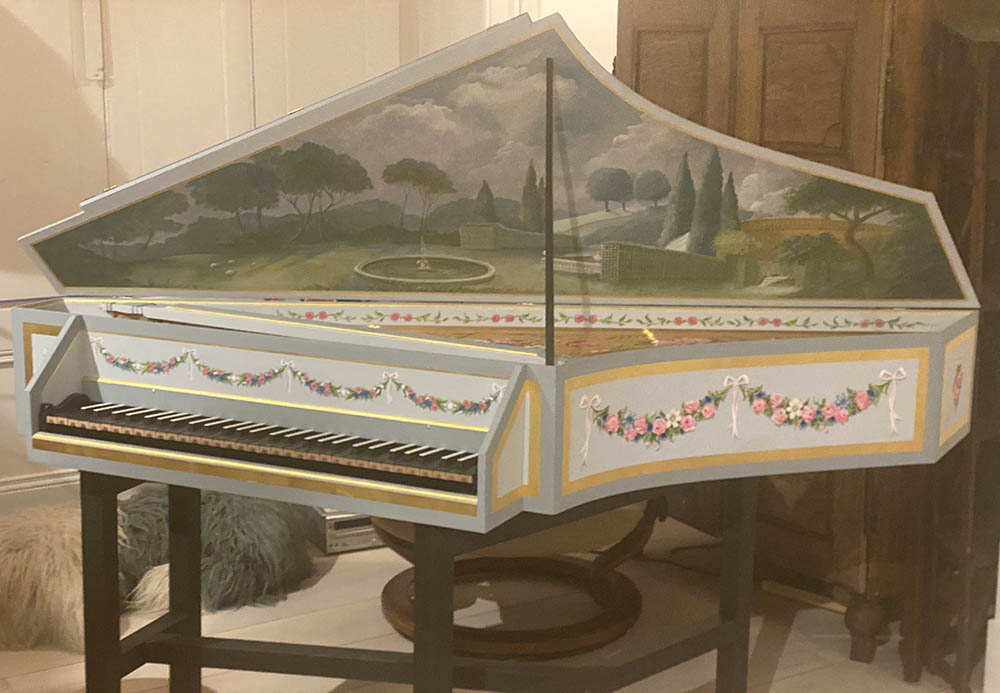
What is the History of the Spinet Piano?
In addition to What is a spinet piano, the history of the piano is also information that many people are looking for. The name “spinet” comes from an old keyboard instrument from the 17th century, but the spinet piano as we know it was developed in the early 1900s. The goal was to create a smaller, more affordable piano for homes that did not have enough space to accommodate a full-size upright or grand piano.
Famous piano manufacturers such as Wurlitzer, Baldwin, and Kimball produced spinet pianos in large numbers from the 1930s to the 1980s. The piano was especially popular in the United States as households sought an instrument that did not take up much living space.
The spinet piano reached its peak of popularity in the mid-20th century. Its small size and relatively low price made it a favorite choice for many households. However, as piano technology improved and smaller pianos with better sound quality emerged, the demand for spinet pianos began to decline. In addition, many musicians and piano technicians noted that the spinet piano’s unique “drop action” mechanism was inferior in performance and durability.
Today, spinet pianos are no longer widely produced, but many are still sold in homes, antique piano stores, and even some music schools.
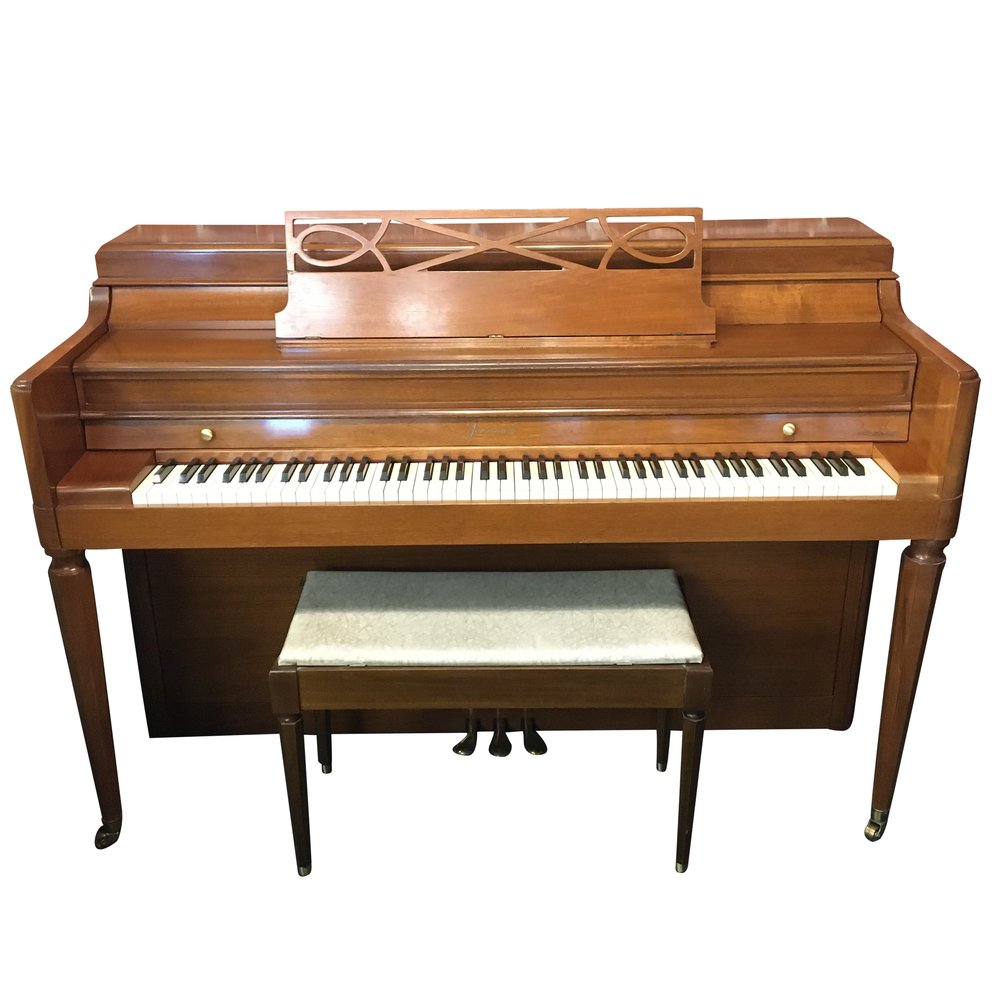
What is Spinet Piano Design and Structure?
Spinet Piano Design and Structure is distinct from other types of pianos, mainly due to its compact size and unique action mechanism. Here’s a detailed look at its design elements:
Size and Dimensions
The spinet piano is one of the smallest types of upright pianos. Typically standing at about 36 to 40 inches tall, it has a low profile compared to larger uprights, which can be 45 to 60 inches in height. The width of a spinet piano is similar to that of other uprights, but its shallow depth makes it ideal for smaller spaces, such as apartments or homes with limited room.
- Height: 36 to 40 inches
- Width: Similar to other upright pianos (around 58 inches)
- Depth: Shallower, which helps save space
This smaller size makes the spinet piano a popular choice for those who need a more compact instrument without taking up too much floor space.
Action Mechanism (Drop Action)
One of the most defining characteristics of a spinet piano is its drop action or indirect blow action mechanism. This design is used to reduce the overall height of the piano, but it comes with some trade-offs:
- In most pianos, the action—the system that transfers the motion from the keys to the hammers that strike the strings—is positioned directly above the keys.
- In a spinet piano, to accommodate its smaller frame, the action is located lower in the piano, behind and beneath the keyboard. This is done using vertical rods that connect the keys to the hammers, hence the term drop action.
While this design allows the spinet to maintain its compact form, it reduces the mechanical efficiency of the action. The drop action is generally slower and less responsive than the direct action found in larger pianos, requiring more force to produce sound. This can result in less control and less dynamic range for the pianist.
Soundboard and Strings
Due to its smaller size, the soundboard and strings in a spinet piano are shorter than those in larger upright or grand pianos. The soundboard is crucial in amplifying the sound produced by the vibrating strings, and its size directly impacts the volume and richness of the sound.
- The shorter strings in a spinet piano produce a less resonant and somewhat thinner sound compared to larger pianos with longer strings.
- This limits the spinet piano’s ability to produce the deep, full tones you would expect from larger upright or grand pianos.
Compact Frame and Cabinet
The frame of a spinet piano is designed to be compact and streamlined. Most spinet pianos have a simple, minimalist cabinet that can blend into different home environments. The smaller frame makes the instrument easier to move around, which can be an advantage in tight living spaces.
However, the compact structure means there is less room for a full-size action, which is why the drop action system was developed in the first place.
Pros and Cons of Spinet Piano Design
Pros:
- Space-saving design: Its compact size makes it ideal for homes with limited space.
- Affordable: Historically, spinet pianos were less expensive to produce and purchase than larger models, making them accessible to a wider audience.
- Aesthetic appeal: With their low profile, spinet pianos can fit more seamlessly into modern or traditional interiors.
Cons:
- Lower sound quality: The smaller soundboard and shorter strings produce less volume and tonal depth compared to other pianos.
- Drop action limitations: The drop action mechanism is less responsive, making it harder for pianists to control dynamics and expression.
- Difficult maintenance: The compact structure and drop action design make spinet pianos more challenging to repair and maintain.
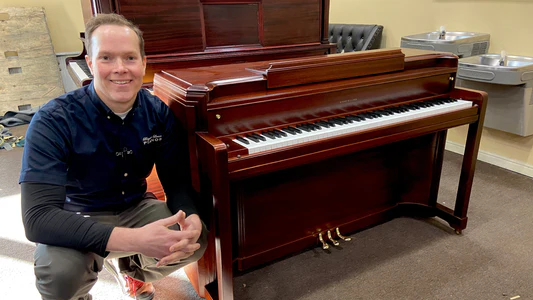
What are the Differences Between Spinet and Other Piano Types?
When comparing a spinet piano to other types of pianos, there are key differences in size, sound quality, and action mechanisms that affect both performance and suitability for different spaces:
Spinet vs. Console Piano
A console piano is slightly larger than a spinet piano, usually standing between 40 and 43 inches tall. Unlike the spinet, the console piano has a direct-blow action, meaning the hammers strike the strings directly. This gives the console piano a richer sound and a more responsive touch. If you have a bit more space and budget, a console piano is generally a better option than a spinet.
Spinet vs. Upright Piano
A traditional upright piano can stand anywhere from 45 to 60 inches tall. The larger frame allows for longer strings and a larger soundboard, which results in a fuller, more powerful sound. Upright pianos also have more responsive actions compared to spinet pianos. However, upright pianos are larger and more expensive, making them less suitable for small spaces.
Spinet vs. Grand Piano
A grand piano is a much larger, horizontal piano with a top that can be opened to amplify sound. It offers the best sound quality and action of all piano types. While spinet pianos are more compact and affordable, the grand piano is the choice for serious pianists and professionals who prioritize sound and performance. Spinet pianos cannot compete with the richness and expressiveness of a grand piano.
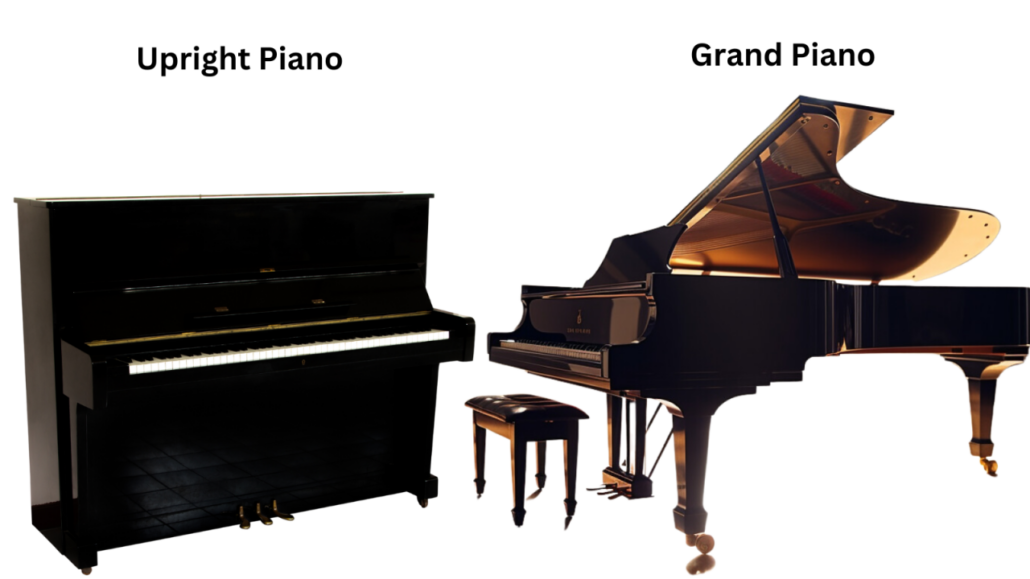
Should You Buy a Spinet Piano?
Deciding whether to purchase a spinet piano depends on a variety of factors, including your budget, available space, and the quality of sound and playability you’re looking for.
A spinet piano is best suited for:
- Beginners: If you’re just starting to learn piano and are looking for an affordable entry-level instrument, a spinet piano can be a practical option. While its action may not be as responsive as other types of pianos, it provides an accessible way for new pianists to practice.
- People with limited space: Spinet pianos are compact and are designed to fit into small rooms, apartments, or tight spaces where a full-size upright or grand piano wouldn’t fit.
- Budget-conscious buyers: If your budget is limited, a used spinet piano can be a cost-effective way to own a real acoustic piano. Spinet pianos are often less expensive than larger upright or grand pianos, both in terms of purchase price and maintenance.
Advantages of Buying a Spinet Piano:
- Cost-effective: Historically, spinet pianos have been more affordable than other types of pianos, making them an attractive choice for those on a budget. A used spinet piano can be a fraction of the cost of a new upright or grand piano.
- Space-saving: With its small frame, a spinet piano is perfect for those with limited living space. It can fit in larger rooms where pianos would be too bulky or overpowering.
- Aesthetically appealing: Spinet pianos have a low-profile design that can blend into most home environments without being too imposing. They can serve both as a musical instrument and a piece of functional furniture.
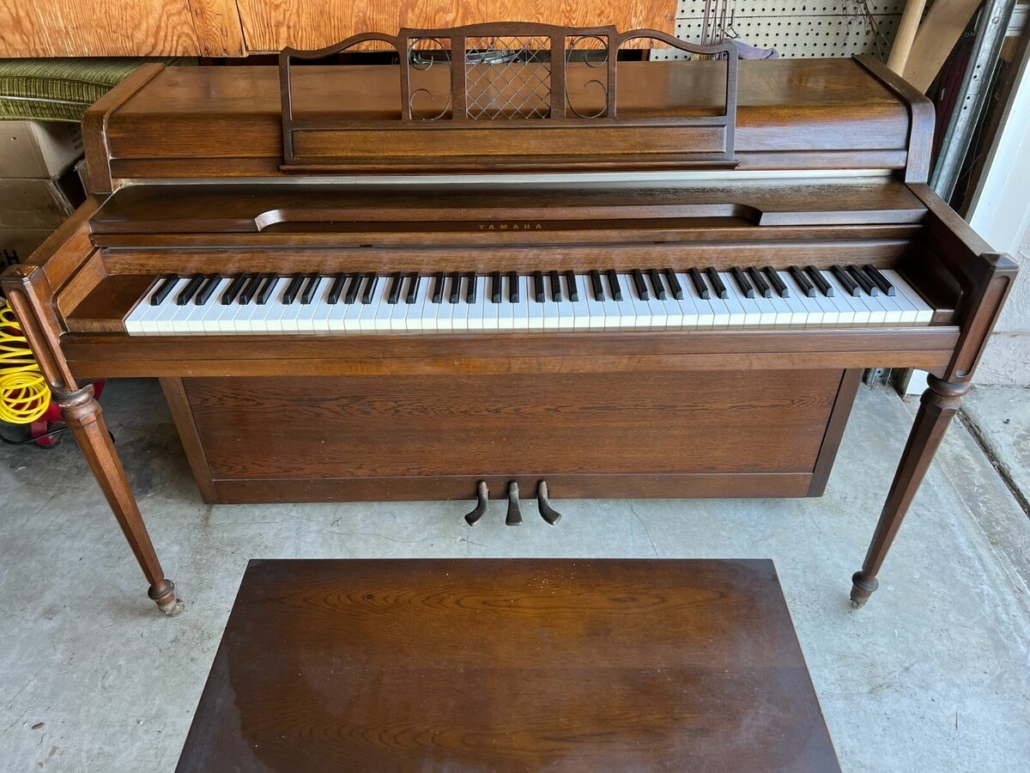
While spinet pianos offer a compact and affordable solution for those with limited space, they come with certain limitations, particularly in sound quality and mechanical action. If you’re a beginner looking for a budget-friendly option, a spinet piano may suit your needs. However, if you’re seeking better sound and playability, it might be worth considering a larger upright or console piano. Hopefully the above article has helped you know What is a spinet piano and important knowledge about this type of piano.




Leave a Reply
Want to join the discussion?Feel free to contribute!